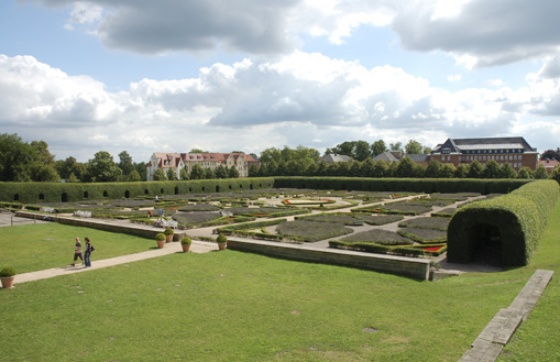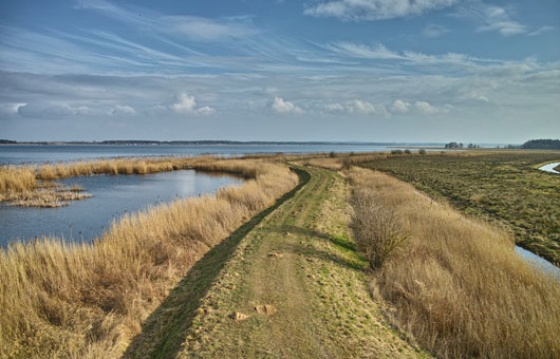The Renaissance recognised parks as the ideal manifestation of the reconciliation between mankind and nature and as artworks to be created. Sculptures and mazes, bosquets and fountains were symmetrically and geometrically structured in the landscape. With hedges and flower beds but no trees they were flat and manageable. There was a preference for gentle hillside locations with streams or ponds.
Landscape and environment 1550 up to 1600
On the timeline through this topic
Choose time period:


There is a preponderance of brick yards in the region around Ueckermünde and Randow, which use the rich clay deposits found in the area. Numerous smaller quarries exploit the legacy of the ice age.
The Renaissance recognised parks as the ideal manifestation of the reconciliation between mankind and nature and as artworks to be created. Sculptures and mazes, bosquets and fountains were symmetrically and geometrically structured in the landscape. With hedges and flower beds but no trees they were flat and manageable. There was a preference for gentle hillside locations with streams or ponds.
Nothing to show for the actual filters